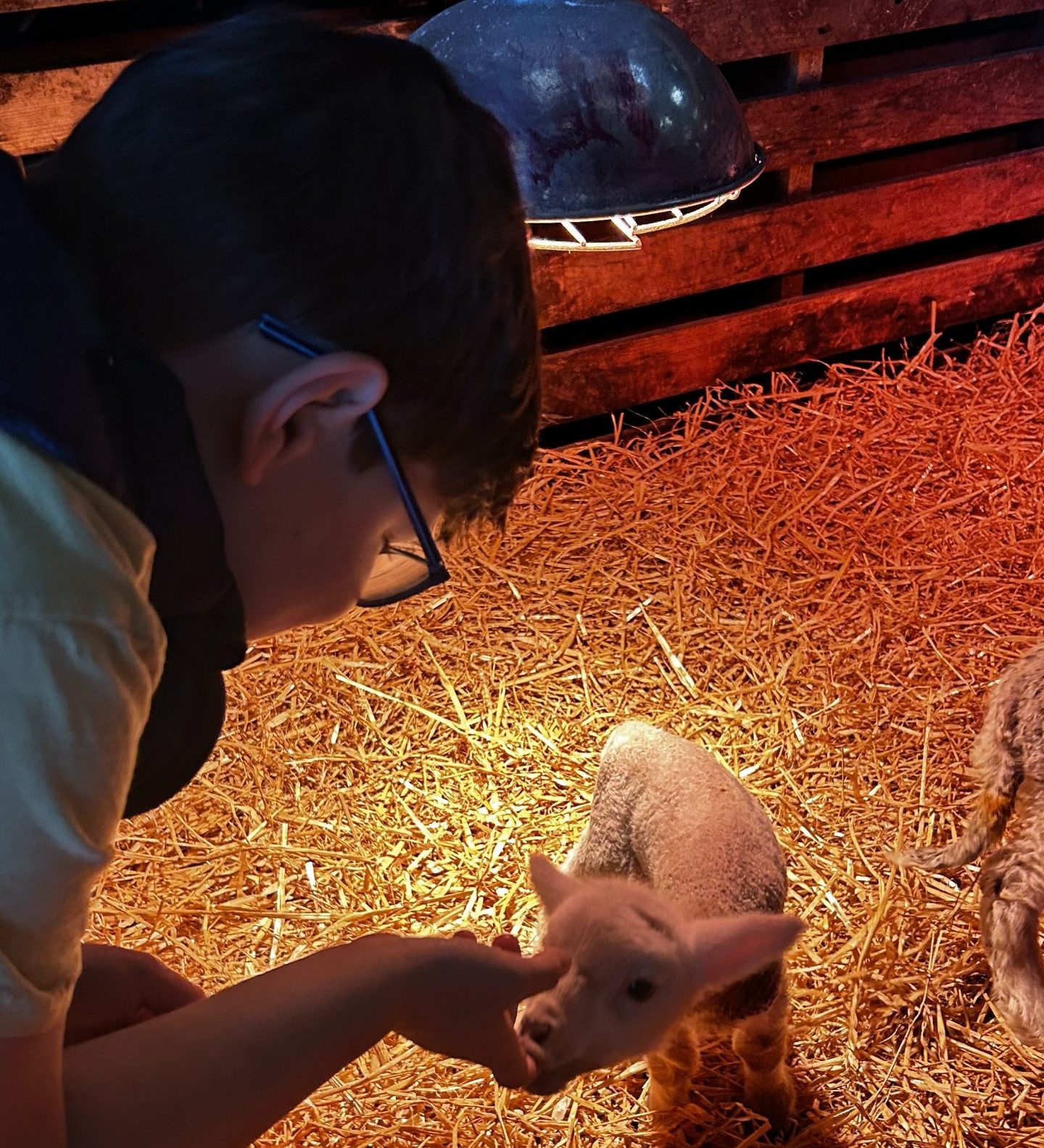
Nikki and family had an interesting conversation with the kids yesterday. New projects for the term were announced at school; wildlife and carbon footprint. Both excellent projects and really important. However, in the classroom learning about carbon footprint, Jamie came home telling us how bad it is to eat red meat. It made us question how we are educating children.
We are fully aware, as farmers, we probably have a bias view on this topic. However, given our whole business is based around producing food as sustainably as possible it really saddened us that a balanced discussion can’t be had when educating children in schools.
Firstly, this is an incredibly simplistic view and also widely disputed. Carbon calculators aren’t perfect and don’t take into account that grass sequesters carbon. It’s an average. The way we produce food in Scotland is completely different to the way it’s produced in Brazil or America. Does it take into account how far the meat travelled, what the animals eat, what systems they use, if it was bought locally?
Secondly, forgetting about any ethical argument, should we really be teaching children to cut out a healthy whole food when they are surrounded by processed food? Children are worried about the environment and take these things very seriously.
Anyway, infuriated we asked ChatGPT for an unbiased opinion (ironic given its carbon footprint, did you know it’s one of the biggest users of water in the world now, its daily usage is the same as everyone in Taiwan flushing the toilet at the same time) It’s response was extensive including criticising models for treating methane and CO2 the same. Here’s its summary:
* The Scottish Context
Scotland has a natural advantage when it comes to sustainable red meat:
• High rainfall and grass growth = ideal for grazing
• Land that isn’t suitable for crops, but perfect for converting grass into protein
• A long tradition of mixed, low-input farming
You’re probably raising animals in one of the most environmentally responsible ways possible — and yet still being measured by metrics built for Brazilian beef or US feedlots.
We’d love to hear your opinions. Sustainability, climate change and carbon are incredibly important and need to be taught, but how?
We’ve been in touch with the school. We are lucky we have such a brilliant and responsive teaching team there. They’ve already asked us to come in and speak to the class. With the help of Royal Highland Education Trust and guidance from Quality Meat Scotland we hope to have an interesting an informative chat to the children.
For any teachers interesting in this topic there are many fantastic resources out there that are fun and interesting for the children. The Royal Highland Education Trust is a charity that visits schools and take children out onto farms, they have an abundance of resources for teachers and even offers training.
Here are another few links that might be of interest:
https://s3.eu-west-2.amazonaws.com/…/QMS-COP26-Toolkit.pdf
https://raindrop.io/…/the-journey-of-food-meat-and…
https://farmingfoodsteps.co.uk/lesson-two/
https://wakelet.com/wake/fv58trMxqrjD6PCbgPBS4
https://wakelet.com/wake/gg7AQO6U9ZCTfYTW9FFT8